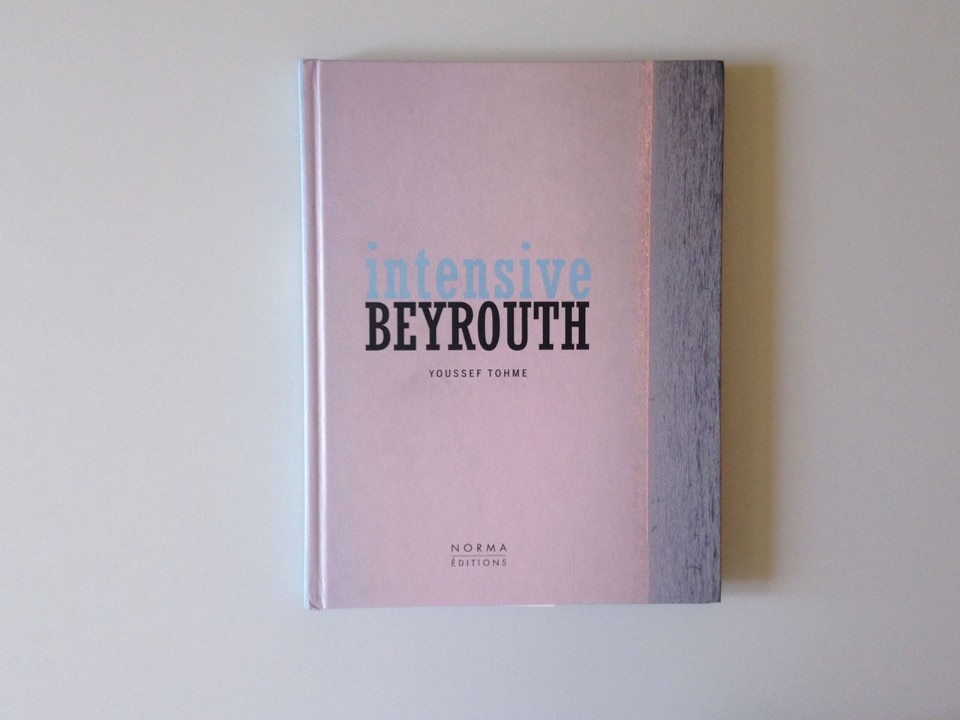Landing in Beirut for the first time seated on the side of the aeroplane flying parallel to the sea, it is impossible to see the city and gain your bearings, a bit like in Genoa. Indeed, Italians immediately see Genoa and Liguria as the paragon of the capital of Lebanon, a country inhabited since time immemorial by merchant populations, squeezed between the mountains and a sea as deep as the Tyrrhenian. Fernand Braudel’s description still applies: “Phoenicia is a garland of small ports set close to the mountains on peninsulas and small islands, as if anxious to remain disconnected from an overly hostile continent.” [1]
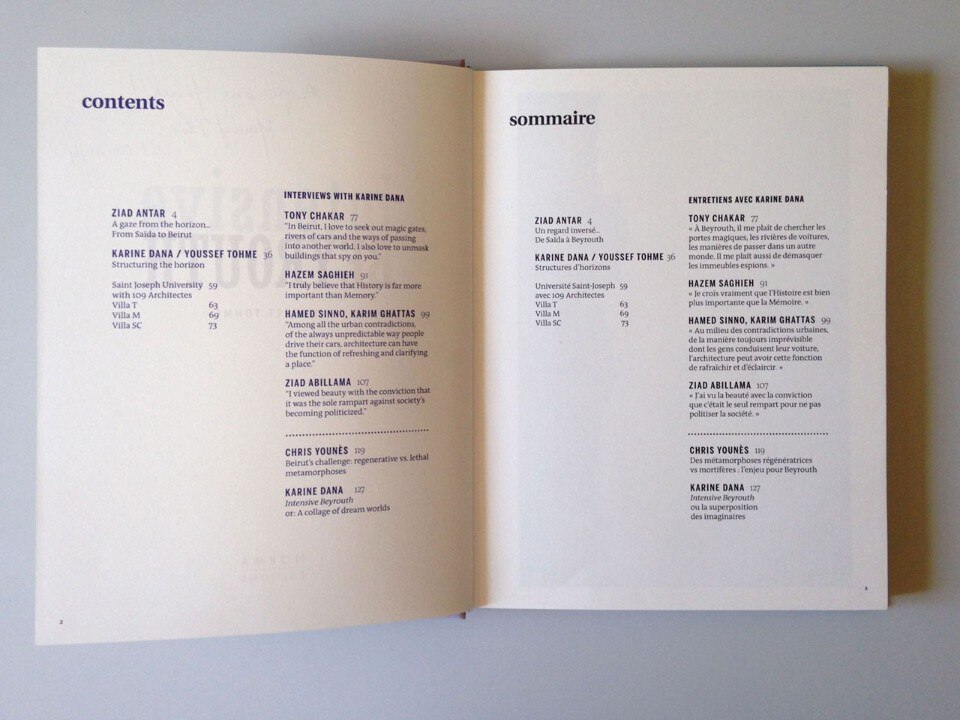
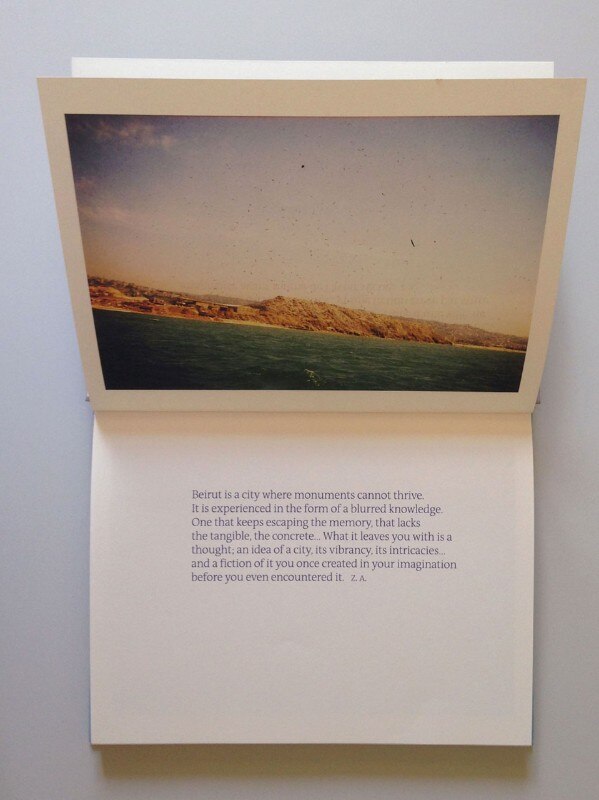
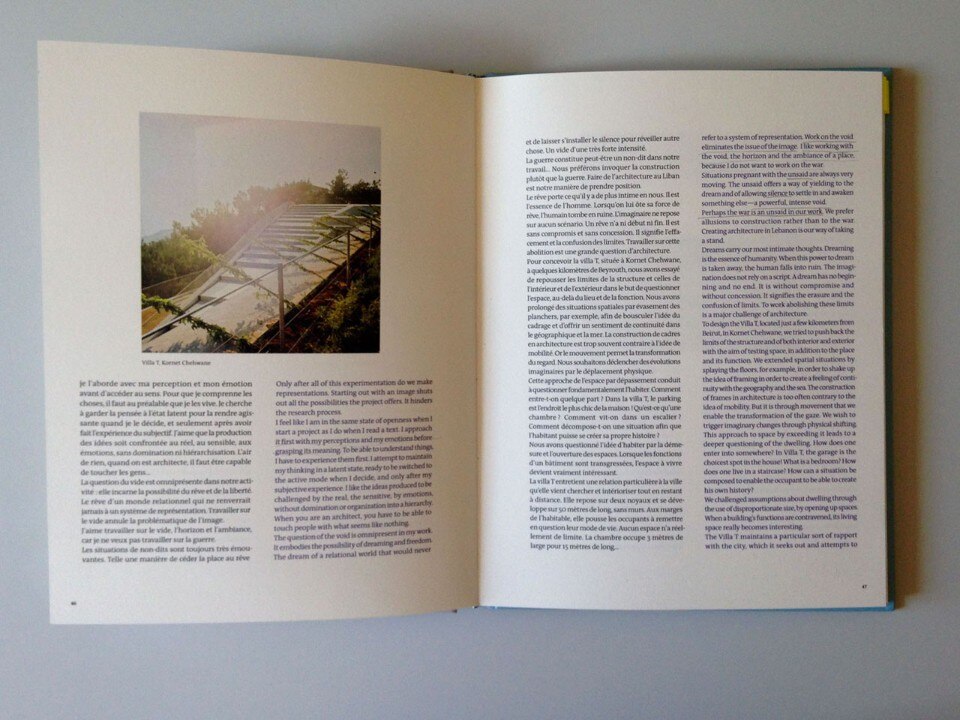
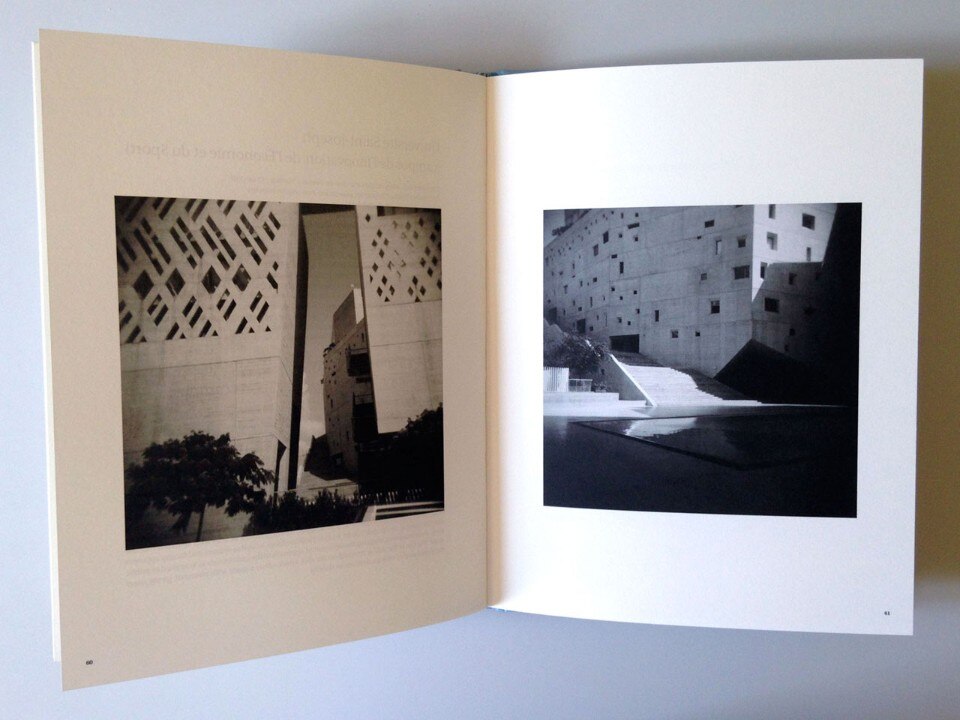
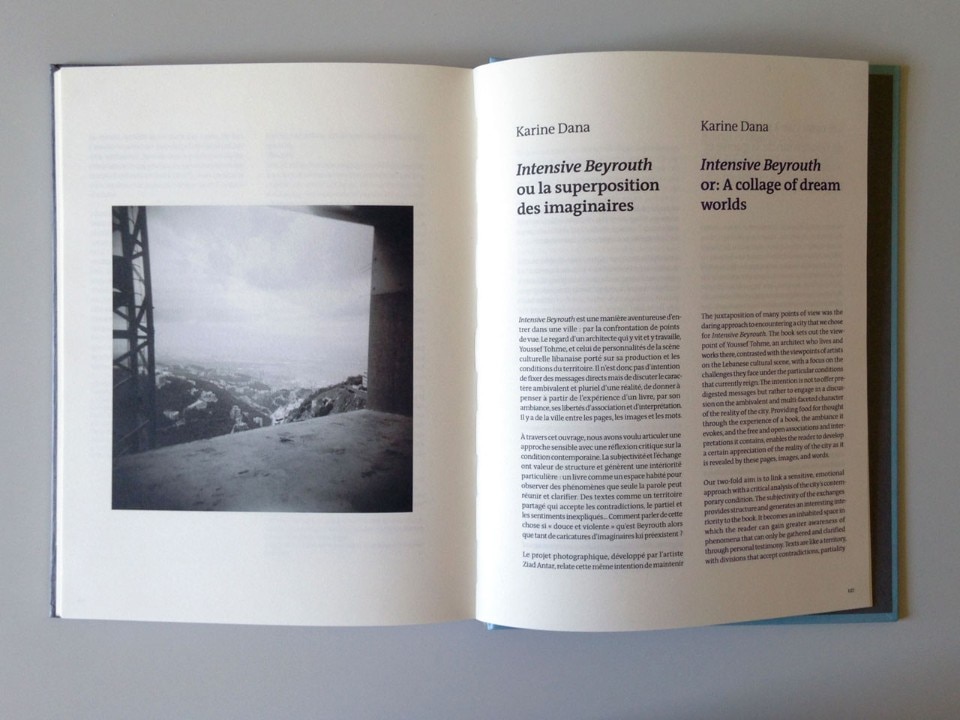
Notes:
1. La Méditerranée, sous la direction de Fernand Braudel, Arts et métiers graphiques, Paris 1977-1978.
2. Francesco Merlo, Stanza 707, Bompiani, Milano 2014.
3. Gabriele Basilico, Beirut 1991 (2003), Baldini Castoldi Dalai, Milano 2003/Le Point du Jour, Paris 2004.


